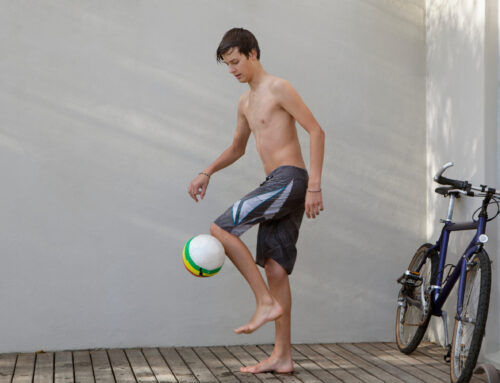In today’s increasingly sedentary society, promoting physical fitness among children has become more important than ever. Engaging in regular exercise not only enhances physical health but also fosters mental well-being and instills lifelong healthy habits. But at what age should kids start their fitness journey? This blog post aims to explore this question and shed light on the optimal age to introduce children to the world of fitness.
The Importance of Early Physical Activity: Physical activity plays a crucial role in the overall development of children. It aids in the growth of strong bones and muscles, improves cardiovascular health, and enhances coordination and motor skills. Moreover, regular exercise during childhood has been linked to improved concentration, cognitive abilities, and mental health. Introducing fitness at the right age sets the foundation for a healthy lifestyle and can have long-lasting benefits throughout a child’s life.
Early Childhood (Ages 3-6): The early years of childhood are a critical time for learning and development. Although structured exercise routines may not be suitable at this stage, children can still engage in age-appropriate activities that promote physical movement and play. Encouraging unstructured play, such as running, jumping, and climbing, helps children develop gross motor skills, balance, and coordination. Preschoolers can also participate in dance classes, swimming lessons, or simply enjoy outdoor games and playground activities.
Middle Childhood (Ages 6-10): As children enter school age, structured fitness activities can be introduced. At this stage, they have better control over their movements and can follow instructions more effectively. Organized sports, such as soccer, basketball, martial arts, or gymnastics, provide an opportunity for children to enhance their physical abilities while learning teamwork, discipline, and sportsmanship. Additionally, activities like cycling, skating, and hiking can be enjoyed as a family, promoting a healthy and active lifestyle.
Pre-Adolescence (Ages 10-13): As children approach their pre-adolescent years, their bodies undergo significant changes. It is during this stage that they experience growth spurts, hormonal shifts, and increased cognitive abilities. Regular exercise becomes even more important to support healthy development and establish good habits for the future. Strength training with light weights or resistance bands, aerobic exercises like swimming or jogging, and team sports help build muscle strength, endurance, and improve overall fitness.
Considerations and Individual Differences: While age can serve as a general guideline, it is crucial to consider individual differences and unique circumstances when determining a child’s readiness for fitness activities. Factors such as physical abilities, interests, and overall health should be taken into account. Some children may naturally gravitate towards sports and physical activities, while others may require more encouragement and support. It is essential to strike a balance between promoting fitness and allowing children to enjoy a diverse range of activities that cater to their individual preferences.
Promoting fitness from an early age provides numerous benefits for children, including physical, mental, and social development. While there is no one-size-fits-all answer to the question of when kids should start their fitness journey, introducing age-appropriate activities during early childhood, middle childhood, and pre-adolescence sets the stage for a healthy and active lifestyle. Encouraging children to engage in regular exercise not only strengthens their bodies but also instills lifelong habits that contribute to their overall well-being. Let’s empower our children to embrace fitness and lead healthier lives right from the start.




